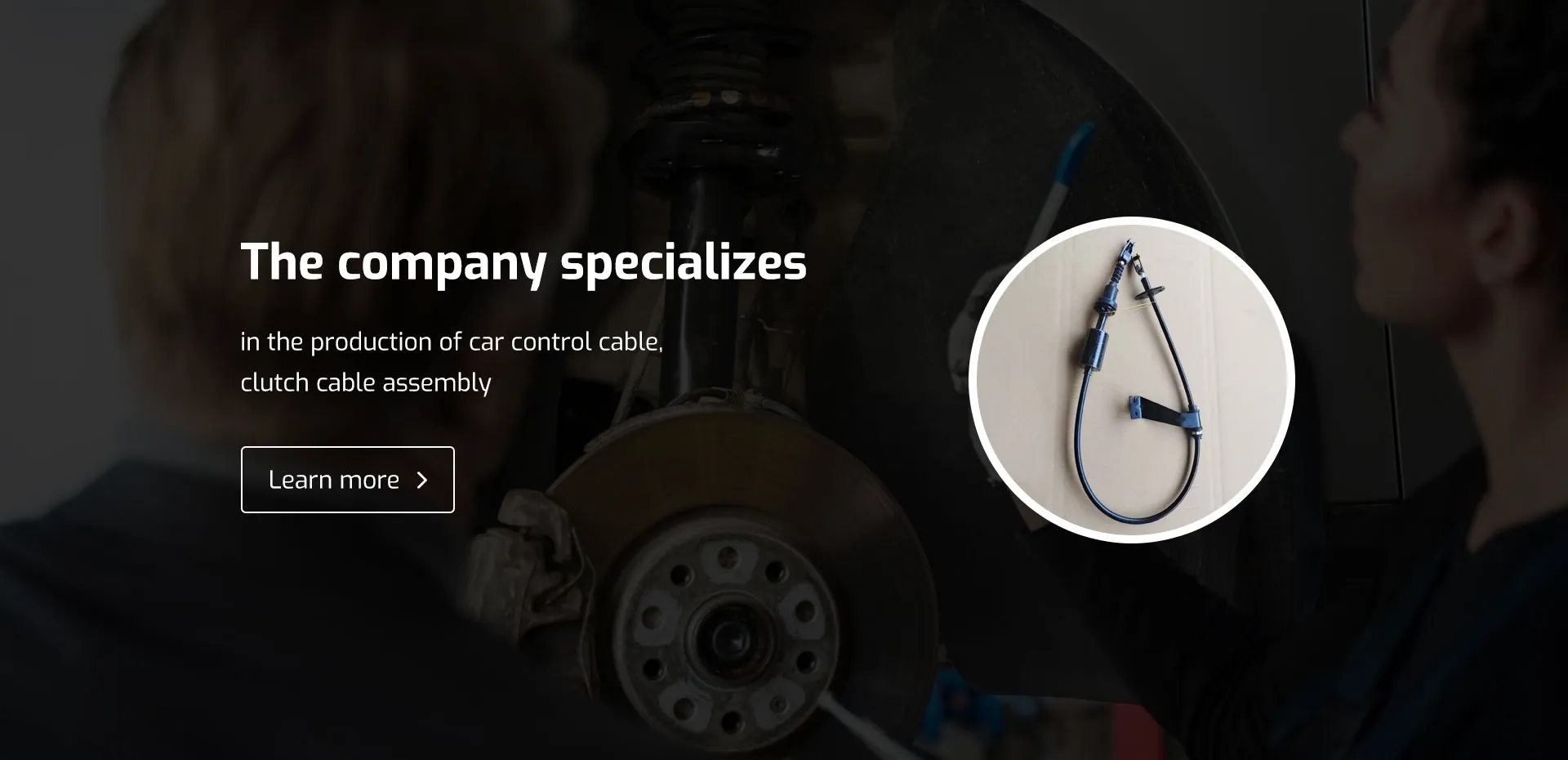Understanding the Functionality and Maintenance of Cable Hand Brakes in Vehicles
Understanding the Cable Hand Brake A Key Component in Vehicle Safety
The cable hand brake, commonly known as the parking brake or emergency brake, is a crucial component in the braking system of vehicles. While many drivers may take its functionality for granted, understanding its operation and importance can be critical for both vehicle safety and performance. This article delves into the mechanics of the cable hand brake, its advantages, maintenance considerations, and its role in ensuring vehicle safety.
The Mechanics of the Cable Hand Brake
The cable hand brake operates on a relatively simple but effective principle. It consists of a lever (the hand brake) that is connected to a system of cables. These cables are attached to the rear brakes of the vehicle, either drum brakes or disc brakes, depending on the design of the braking system. When the driver pulls the lever, it pulls the cables tight, which then applies force to the brakes, effectively immobilizing the vehicle.
In most cases, the cable hand brake is designed to engage the rear brakes only. This design is intentional, as it helps to avoid any unwanted braking when the vehicle is in motion. Instead, it provides a secure method for keeping a stationary vehicle in place, particularly on inclines or uneven surfaces.
Importance of the Cable Hand Brake
The primary role of the cable hand brake is to prevent the vehicle from rolling away when parked. This is especially critical in hilly or sloped areas, where a slight incline can cause a car to move unexpectedly if not secured. Moreover, in the event of a failure in the primary braking system, the cable hand brake serves as an emergency measure to help bring the vehicle to a stop.
Additionally, in many jurisdictions, it is a legal requirement for vehicles to have a functional parking brake. Failing to maintain this system can result in safety hazards not only for the driver but also for pedestrians and other vehicles.
cable hand brake

Advantages of the Cable Hand Brake
One of the key advantages of the cable hand brake is its simplicity. The mechanical design is straightforward, which makes it relatively easy to maintain and repair compared to more complex braking systems. Furthermore, because it operates independently of the vehicle's main braking system, any failure that occurs in the primary brakes does not impact the functionality of the hand brake.
Another significant advantage is its effectiveness. When properly maintained, a cable hand brake can provide reliable stopping power, ensuring that vehicles remain stationary when parked. This reliability is vital for preventing accidents and ensuring that the vehicle does not roll away when parked on an incline.
Maintenance Considerations
Even though the cable hand brake is a relatively simple mechanical system, it still requires regular maintenance to ensure optimal performance. Routine checks can help identify any wear and tear on the cables or the lever mechanism. Signs that your hand brake may need attention can include the lever feeling loose, requiring more force to engage, or the vehicle rolling slightly when the brake is engaged.
To maintain the hand brake, vehicle owners should regularly inspect the cable for frays, corrosion, or other signs of damage. Keeping the brake components clean and free from debris can also promote smoother operation. If adjustments or repairs are needed, it is advisable to consult with a qualified mechanic.
Conclusion
The cable hand brake is a vital element of vehicle safety that deserves recognition and understanding. Its primary purpose of preventing vehicle roll-away and providing an emergency stopping mechanism underscores its importance in everyday driving scenarios. By appreciating the mechanics behind this system and committing to regular maintenance, drivers can ensure their safety and the safety of others on the road. Remember, taking a few moments to check your hand brake can make a significant difference in promoting safe driving practices and preventing accidents.
-
Upgrade Your Vehicle with High-Quality Handbrake CablesNewsNov.01,2024
-
Optimize Your Bike's Performance with Quality CablesNewsNov.01,2024
-
Enhance Your Vehicle's Performance with Quality Clutch ComponentsNewsNov.01,2024
-
Elevate Your Vehicle's Performance with Quality Throttle CablesNewsNov.01,2024
-
Elevate Your Vehicle's Performance with Quality CablesNewsNov.01,2024
-
Affordable Solutions for Your Cable NeedsNewsNov.01,2024
